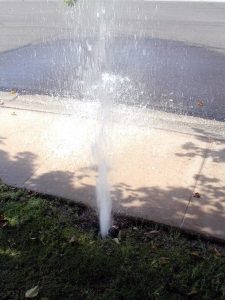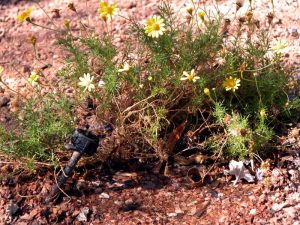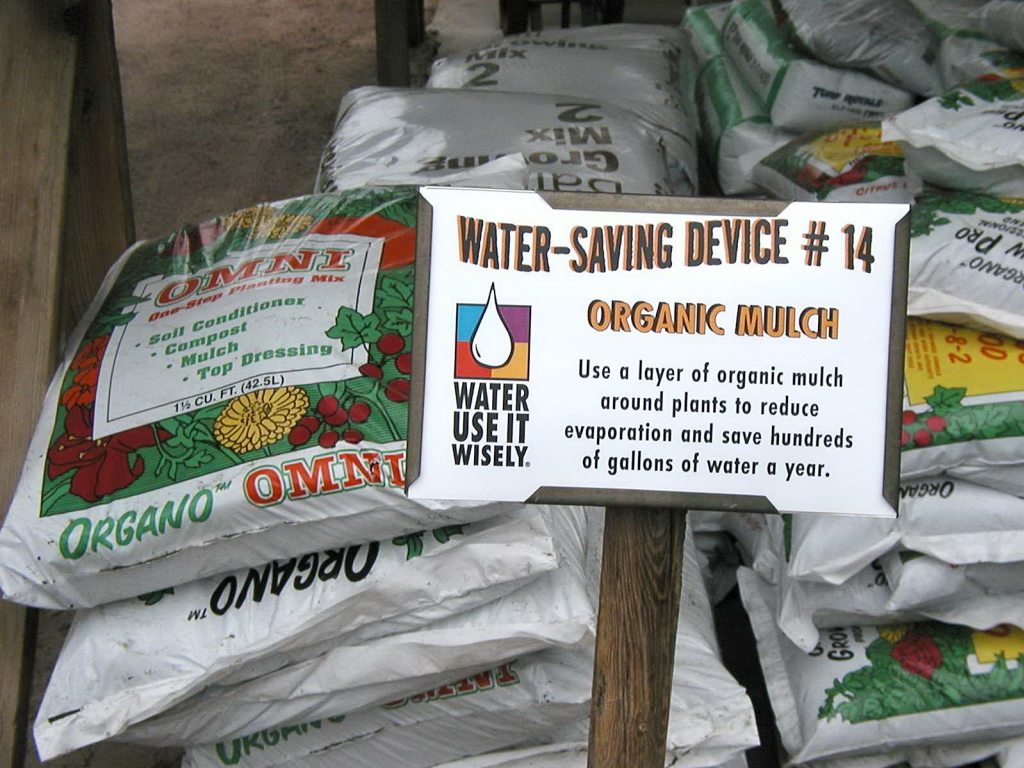If you want to create a healthy, attractive landscape and one that saves water to boot, then you can’t go wrong with Xeriscape. This concept of landscape design follows seven horticultural principles, including good planning, low water use plants, appropriate turf areas, efficient irrigation, soil improvements, use of mulches and lastly, proper maintenance.
The way you maintain your landscape can have a tremendous impact on your landscape water use. The good news is that most of the recommendations below actually represent a lot less work for you!

Check Irrigation Systems – Periodically inspect for clogged drip emitters and leaks. For sprinklers, check to make sure your mower hasn’t damaged spray heads and that they are directed properly. Check that spray heads aren’t blocked by grass or encroaching shrubs. If you decide it’s time to replace sprinkler heads, consider using ‘rotating stream sprinkler heads’ which apply water much more efficiently and are particularly good for slopes to reduce runoff.
Adjust Watering Schedules – Adjust your watering to the season to reduce your water use by up to 50%! Plants use less than half of the amount of water in winter than needed during our hot summers. Water – Use It Wisely offers the best watering guide you can find for the Arizona Desert. Also, did you know that when plants are given too much water that they grow lots of weak growth and will usually require more pruning?

Remove Weeds – Weeds are thieves! They steal nutrients and water from your landscape plants. Remove the weeds by hand (with or without tools) or check with your local nursery for safe weed sprays. Start when weeds are young and they’ll be easier to control and won’t go to seed (producing more thieves).
Fertilize Sparingly – Fertilizing encourages plant growth and that requires more water. Follow product label recommendations to fertilize fruit trees, other food plants or established tropical or non-native plants. Native plants usually do not require fertilizers and generally grow better without them.

Properly Prune Plants – Prune plants only when necessary. Improper pruning removes the branches and leaves that provide cooling shade for the trunk and roots. Pruning also causes a flush of new growth that requires a lot of water to emerge. Open wounds allow for greater water loss from the plant to evaporation. Find pruning tips in the online Xeriscape: Landscaping with Style in the Arizona Desert.
Mulch Plant Roots – Replenish organic mulches (bark or compost) around your plants each year to improve soil, reduce moisture loss and to keep roots cool during the summer months. Organic mulches will hold in 15% more moisture than inorganic or granite mulches. Keep mulch away from the plants trunk or main stem and cover with granite if you prefer. Oh, and don’t forget that the best mulch is the litter from the plant itself. By keeping stems and branches close to the ground you’ll be shading the roots and be less tempted to rake up the beneficial plant litter! Your landscape isn’t your kitchen floor! Learn more.
If you’re just not the do-it-yourself type, I’ve got one more EASY tip!
Hire a SMARTSCAPE Certified landscaper. SMARTSCAPE is a training program for landscape professionals taught by the University of Arizona Cooperative Extension and sponsored by Valley city water conservation programs including many of the Water – Use It Wisely partners. These certified landscapers have the skills for planning, planting, and caring for low-water-use landscapes in the Sonoran Desert.


